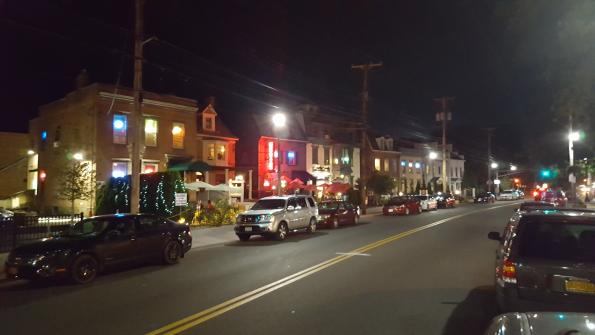Smart and small
When most people think of smart cities, they think of places like Los Angeles, New York or San Francisco – vast and populous municipalities. Cities of this size are expected to have the most up-to-date, modern technological resources to accommodate their residents. However, what about the smaller cities across the nation? Is it possible that even with limited resources and funding, small cities can be just as smart?
Take Schenectady, – a small municipality located in upstate New York with a population of just over 66,000 people. Although it is smaller than most cities in the country, Schenectady is quickly becoming a center of smart innovation. Over the past few years, we’ve grasped our long term vision and deployed numerous network-based projects to improve city life and become a leader in technology.
Like any city, we have to be conscious of things like traffic issues, resource constraints, safety concerns, security breaches and the need for continuing economic growth. Because of all these factors, some may wonder why it would be necessary or beneficial for small cities to invest in smart city technology.
In many cases, smaller cities have to be strategic in how they approach these challenges. They must explore cost-effective ways to bring modern value and amenities to their citizens. Today’s smart city technology offers new and secure solutions to many existing challenges that enables us to prepare for tomorrow.
Schenectady has implemented a variety of solutions to streamline processes and enable city-wide collaboration. One of our major initiatives over the past several years has been outfitting downtown light posts with cameras that connect to a single live, online video feed. This way our tourists, residents or city employees can login online or use their smart phones to watch the feeds and see activity at any given time. With this level of ease and automation, Schenectady snow plow drivers will be able to see which streets need to be plowed in real time; local police officers will be better informed and can collaborate more easily; and school buses will be able to plan effective routes and avoid congestion, making sure students get home safe and sound.
Although we always look for solutions to keep our residents safer, embracing smart technology is beneficial to smaller cities in a number of other unique ways. A major perk of living in a city like Schenectady is convenience. Residents have opportunities to connect with their city officials and employees more intimately than in other larger cities, which makes embracing smart solutions even more meaningful. For instance, the data from our cameras and online video feeds can be connected to local parking lots and garages to let drivers know how long spots have been occupied for and where open spaces are located.
Transforming how residents interact with everyday aspects of life, such as busy parking lots, garages, crowded city streets and local college and corporate campuses, is what sets places like Schenectady apart.
Although smaller-scale communities don’t have the same footprint as a major city, our impact can be just as significant. Employees can use smart technology on a daily basis to better serve residents and experience tremendous cost-savings. For example, Schenectady installed a smart LED lighting system in the downtown area, which automatically brightens or dims street lights and reports broken lights for immediate repair. This effort alone is reducing our energy consumption by 50 to 70 percent and will save potentially $350,000 to $400,000 in annual costs once deployed city-wide.
As significant an impact as things like cost-savings have for a city like Schenectady, perhaps one of the most important benefits of embracing these solutions is the power of accessibility it gives residents. Resources such as open wi-fi networks or informational kiosks are not only modern and useful, they also serve as an educational resources for citizens. For instance, our open wi-fi can provide connected learning opportunities for our local students. According to a Pew Research Center survey, only 18 percent of students have access to digital tools at home, but a network like Schenectady’s could engage lower income students and households to drive positive results in the classroom.
As leaders of small cities, we are in a position to set the stage for the national smart city movement. Becoming examples of success and transformation will not only improve life for our own neighbors and citizens at home, but will also set us apart as leaders for the rest of the country.
_____________
To get connected and stay up-to-date with similar content from American City & County:
Like us on Facebook
Follow us on Twitter
Watch us on YouTube




















